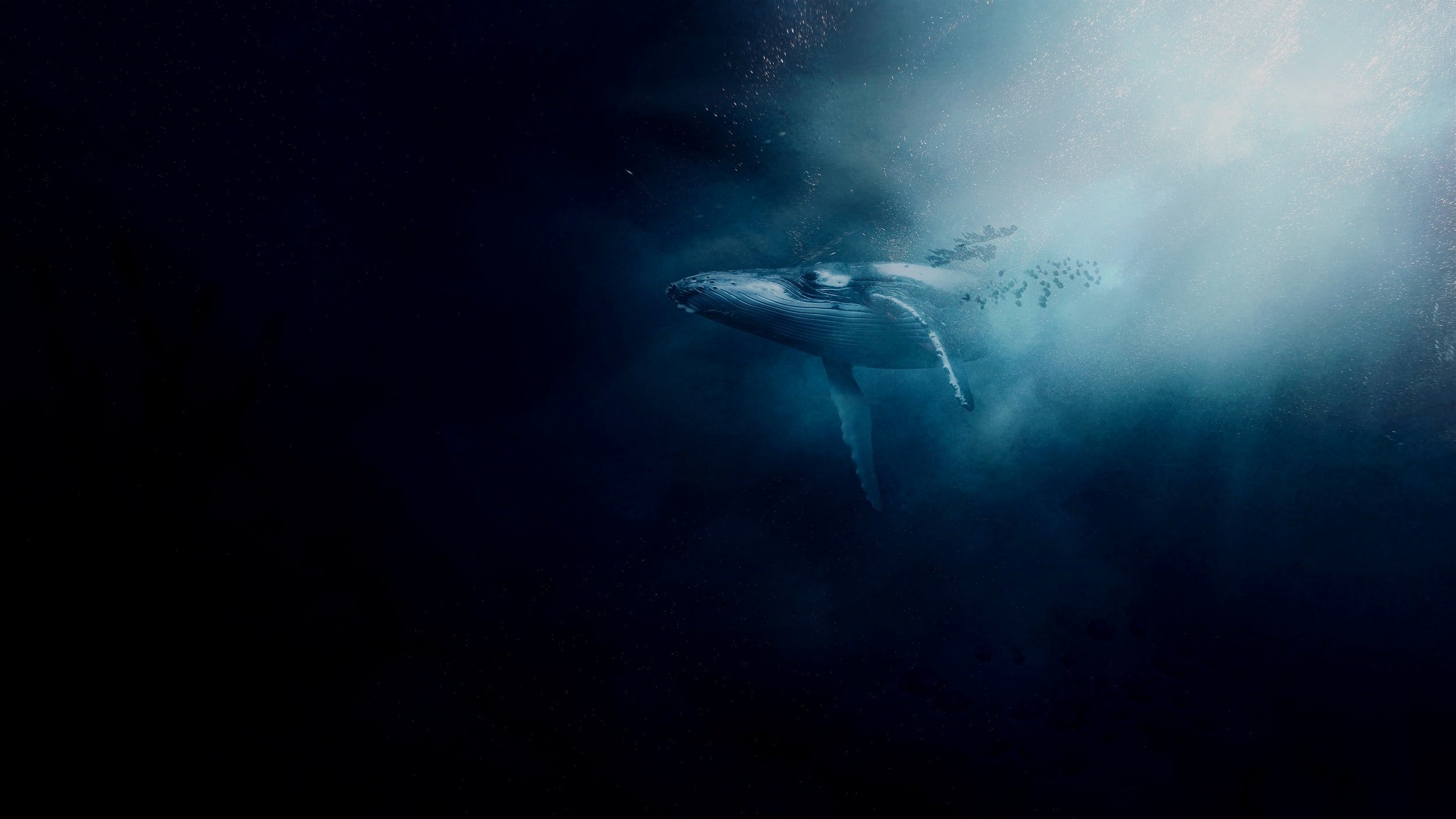
Ocean Nourishment is a means of boosting ocean productivity by balancing limiting nutrients such as nitrogen, phosphorus, iron and silica in the surface ocean.
Based on learnings from whale movements over the millenia, ONC has devised an Aquafood formula for enhancing phytoplankton growth in low nutrient low chlorophyll waters. Carbon uptake by phytoplankton and removal to the deep ocean occurs over multiple phytoplankton growth and decay cycles and via different export pathways, including zooplankton. Over the years we have published many peer reviewed science papers on Ocean Nourishment, see below.
Inshore Carbon Capture Biopod
ONC have developed an inshore carbon capture biopod capable of growing phytoplankton communities in enclosed floating structures.
Phytoplankton can be released into the environment for the purpose of ‘ocean regeneration’ and ecological services. Alternatively, we can grow plants through to death and decay and capture the carbon generated in the form of solid biomass for subsequent injection into the deep ocean.
Offshore Open Ocean Solution
The team at Ocean Nourishment aim to repurpose existing infrastructure including ocean platforms, shipping etc. to catalyse ocean carbon removal fuelled by renewable energy sources. This solution is targeted at scaleble carbon removal measured in Mt per site per annum. Here’s a schematic of how it can work.
We are actively seeking partnerships for this scaled up operational plan from key sectors including oil and gas, green hydrogen and green ammonia and offshore wind.
Further Reading
ACE CRC (2008). Position analysis: Ocean fertilisation: Science and policy issues. ACE CRC, Hobart, May 2008.
Harrison, DP (2013) "A method for estimating the cost to sequester carbon dioxide by delivering iron to the ocean". International Journal of Global Warming, vol. 5, pp. 231-254.
Harrison, DP (2017). Global negative emissions capacity of ocean macronutrient fertilisation. Environmental Research Letters, Volume 12, Number 3, Negative Emission Scenarios and Technologies.
Intergovernmental Oceanographic Commission (2008). Information document IOC/inf-1247. Report on the IMO London Convention Scientific Group meeting on ocean fertilization, June 2008
Jones, ISF (2004). The enhancement of marine productivity for climate stabilisation and food security. Chapter in Handbook of Microalgal Culture, ed A. Richmond, Blackwell, Oxford.
Jones ISF and Young HE (1997). Engineering a large sustainable world fishery. Journal of Environmental Conservation, vol. 24, p.99-104.
Jones ISF (2011). Contrasting micro- and macro- nutrient nourishment of the ocean. Marine Ecology Progress Series, vol. 425, p.281-29.
Jones, ISF and M Renilson (2011) "Using ocean nourishment to increase fishing effectiveness". Journal of Ocean Technology, vol. 6, pp. 30-37.
Judd, B, DP Harrison and ISF Jones (2008) "Engineering ocean nourishment". Proceedings of the World Congress of Engineering, vol. 2, pp. 1315-1319, ISBN 978-988-17012-3-7.
Lampitt RS, Achterberg EP, Anderson TR, Hughes JA, Iglesias-Rodriguez MD, Kelly-Gerreyn BA, Lucas M, Popova EE, Sanders R, Shepherd JG, Smythe- Wright D & Yool A (2008). Ocean fertilization: a potential means of geoengineering?. Philosophical Transaction of the Royal Society A, vol. 366, no. 1882, p.3919–3945.
Lawrence MW, (2014). Efficiency of carbon sequestration by added reactive nitrogen in ocean fertilisation. International Journal of Global Warming, Volume 6, No. 1.
Matear, RJ and B Elliott (2004) "Enhancement of oceanic uptake of anthropogenic CO2 by macro-nutrient fertilization". Journal of Geophysical Research, vol. 109, C04001, pp. 14. doi: 10.1029/2000JC000321.
Murray, BC, et al (2010). Payments for blue carbon - Potential for protecting threatened coastal habitats. Nicholas Institute for Environmental Policy Solutions, Duke University.
Rehdanz K, Tola RSJ, Wetzeld P (2006). Ocean carbon sinks and international climate policy. Elsevier Energy Policy, vol. 34, p.3516-3526.
Royal Society (2009). Geoengineering the climate: Science, governance and uncertainty. Report, September 2009.
Schmidhuber J and Tubiello FN (2007). Global food security under climate change. Proceedings of the National Academy of Sciences, vol. 104, no. 50, p.19707.
Shoji, K and ISF Jones (2001) "The costing of carbon credits from ocean nourishment plants". Science of the Total Environment, vol. 277, pp. 27-31.
UNEP (2009). Blue Carbon – The role of healthy oceans in binding carbon. UNEP Rapid Response Assessment
Wallace DWR, et al (2010). Ocean fertilization. A scientific summary for policy makers. IOC/ UNESCO, Paris (IOC/BRO/2010/2).
Ware DM and Thompson RE (2005). Bottom-up ecosystem trophic dynamics determine fish production in the NE Pacific. Science, vol. 308, no. 5726, p.1280-1284. DOI:10.1126/science. 1109049
FAQs
-
This really depends on the scale of operations, we are targeting a ratio of 6-10 tonnes of CO2 sequestered per tonne of Aquafood deployed. Inshore bio-pods might be capable of 10t CO2 per day and offshore open ocean operations could potentialy sequester several millons of tonnes of CO2 pe annum.
-
ONC is working on its inshore biopod operations and building structures that can operate in the ocean removing up to 10 tonnes of CO2 per day via a capture and deep ocean injection process.
-
A broad range of CDR will be required to help restore the earth’s climate. Our ocean method has strong permanance characteristics up to 1000 years. The process can be largely undertaken in the ocean and requires minimal land usage. The cost per tonne sequestered is less than $50 US dollars and the process offers benefits in terms of ocean restoration and enhanced fisheries.
-
There are several co-benefits associated with the ONC process including enhanced fisheries, revitalising and regenerating ocean ecosystems & improving food security.
The ocean nourishment process has similarities to land regenerative practises that enhance the base of the food chain.


